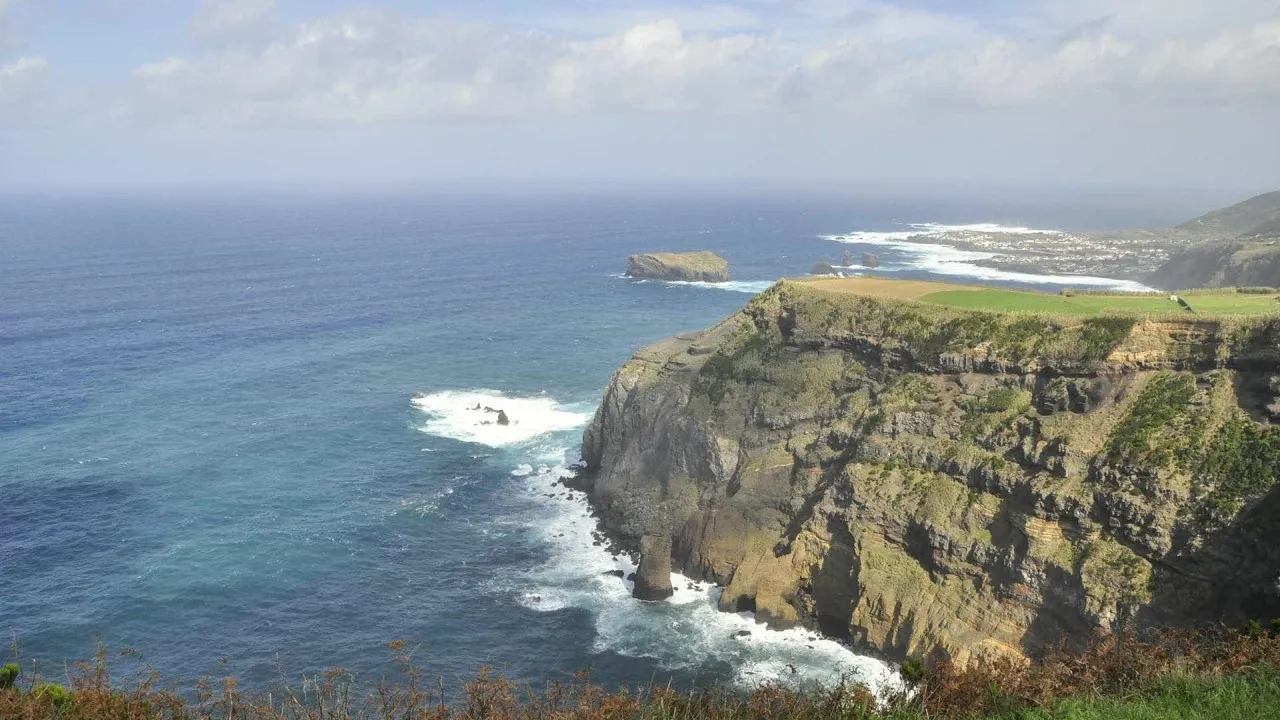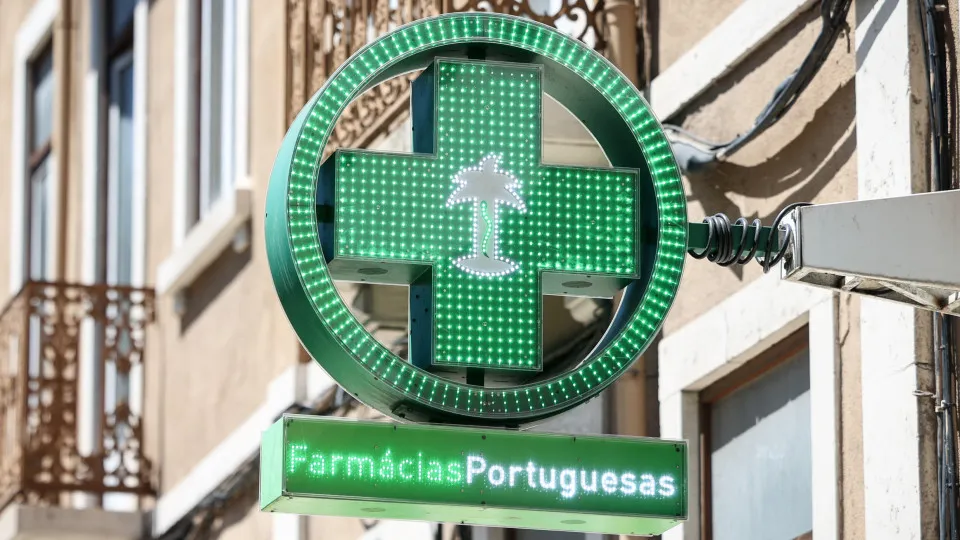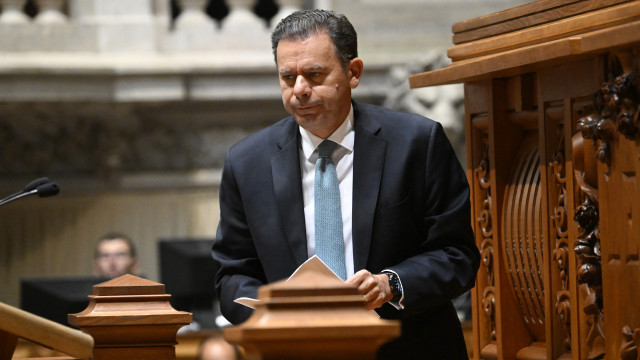
The President of the Economic and Social Council of the Azores (CESA), Piedade Lalanda, acknowledged in Ponta Delgada that the implementation rate of the Recovery and Resilience Plan (PRR) has not significantly changed in the region. However, she emphasized that the Azores are performing “better than the national level,” achieving a 35% execution rate compared to the national average of less than 30%.
“The region is slightly better than the country, but this is not very positive considering that the maximum execution deadline for the Recovery and Resilience Plan is June 2026,” she stated.
When asked about the possibility of the Azores not meeting all the PRR targets within the stipulated time frame, Lalanda admitted it might happen, highlighting the unique challenges the archipelago faces.
She observed that “some equipment might not arrive on time, even with open tenders,” and noted labor shortages due to “many projects but few construction companies” in the Azores.
Furthermore, she added that some tenders “had no bidders and had to be repeated.”
Nevertheless, “all investment promoters are critically aware of the need to accelerate the procedural processes,” Lalanda noted.
She further pointed out “bureaucratic and technical aspects” that might require strengthening task forces, especially concerning digital specifics and procedure analysis, emphasizing the necessity of not wasting PRR funds.
The Public Finance Council disclosed today that three-quarters of Portugal’s 22.2 billion euros PRR funds had not been utilized by the end of 2024, midway through the plan’s implementation period.
According to the “Budgetary Evolution of Public Administrations in 2024” report, 5.457 billion euros out of the 22.2 billion PRR funds had been executed by the end of last year, representing 24.6% of the total plan.




